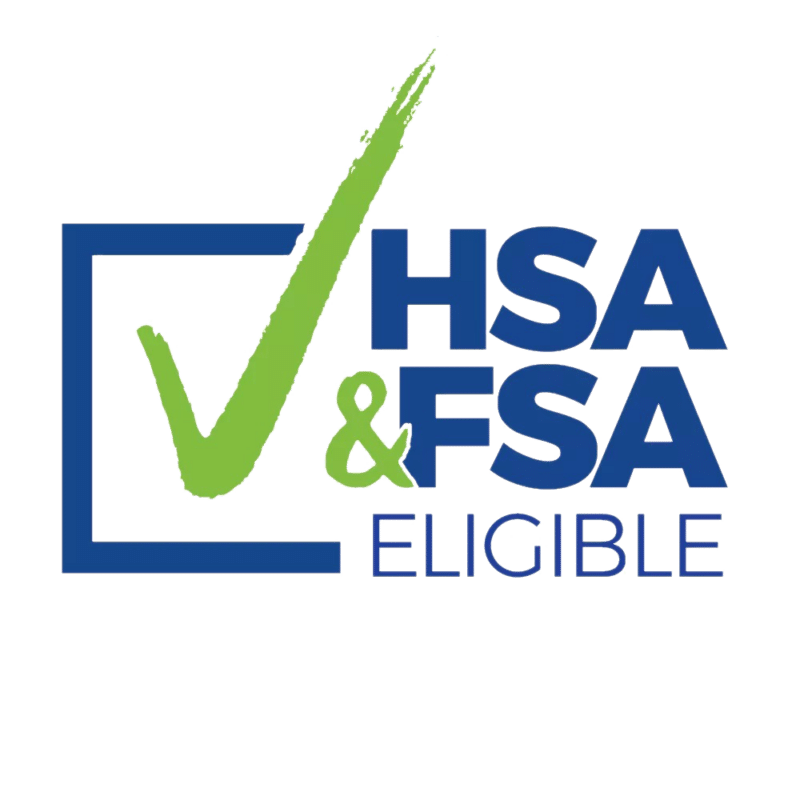No products in the cart.
AED Packages, AED's
AED in The Workplace: Setting Up an AED Program at Work
As part of its first-aid response, each business should analyze its unique needs for an AED program. Physician oversight, compliance with local, state, and federal regulations, coordination with local emergency medical services (EMS), the development of a quality-assurance program, and the performance of periodic reviews are among the issues to consider when establishing a worksite AED program, according to OSHA. If you want to buy an AED in California, especially if you want to buy specifically for business, you can check out calmed equipment. It is an online AED store that provides different AED packages as well. You can get AED for business, AED for church, AED for aviation, and AED for home as well.
Setting Up an AED Program at Work Includes:
Getting medical help. The FDA may demand a doctor’s prescription to buy AEDs. The physician’s involvement varies depending on the program’s size. AED data recording during an emergency and assisting review each usage of an AED to propose improvements are some of the responsibilities.
Assisting Local EMS:
For example, most states require companies to coordinate AED programs with local EMS and to submit follow-up statistics. In states that require AED program registration, the physician or program coordinator completes this step.
Picking an AED:
There are various AEDs available for purchase. In general, the AHA advises picking a basic, easy-to-use gadget.
Calling Tech Help:
Ensure you have access to technical help. Call the manufacturer’s technical support hotline. Is a representative accessible right now? Are you waiting on hold? Do you get voicemail? Before buying an AED, look into the company’s history.
Assuring Program Support:
Some AED manufacturers provide program setup and continuing assistance. They can help with placement, registration, training, and supplies. Examine your skills and see whether these services can assist you to implement your program.
Keeping AED Visible and Accessible:
A rescuer cannot be hidden or unreachable. An efficient AED reaction shocks a sufferer within 3–5 minutes of collapse. Use a three-minute reaction time to decide how many AEDs you need and where they should be placed. Assistive devices (AED) are typically seen near elevators, cafeterias, and major reception areas, as well as
Make A Training Plan:
Users of AEDs should be trained in CPR. AED training may boost responders’ confidence.
Increasing Program Awareness:
After instituting an AED program, tell all staff. Use internal newsletters, magnets, signs, or other methods to promote the program and find the devices.
Creating A Schedule for Upkeep:
The AHA recommends physically inspecting AEDs weekly or monthly to maintain proper operation. This check is in addition to the manufacturer’s suggested regular inspections. Contact the manufacturer for information on software updates and upgrades.





